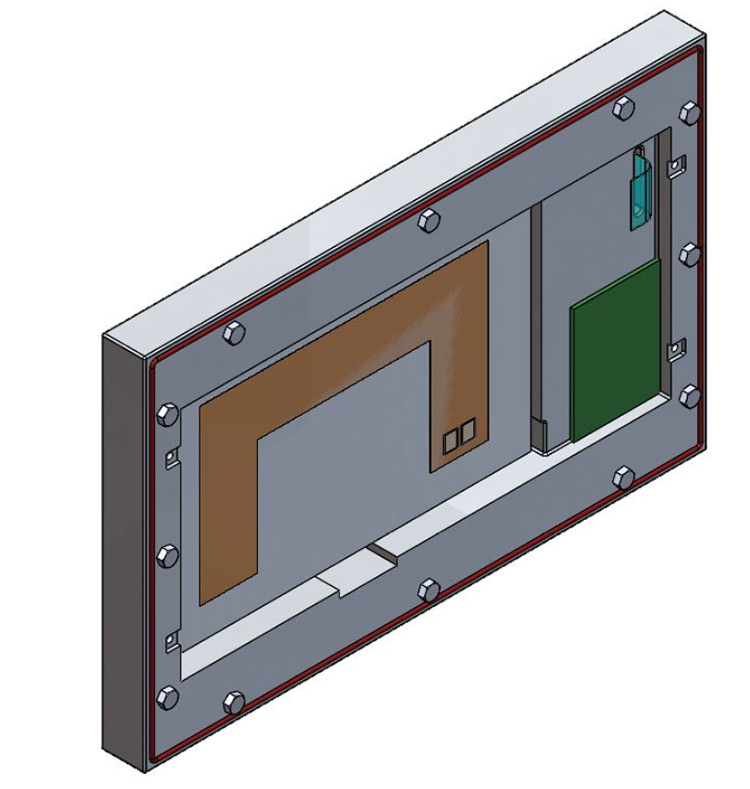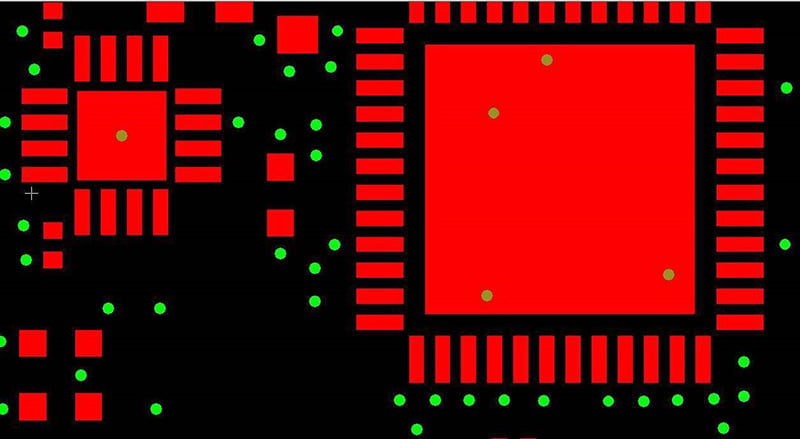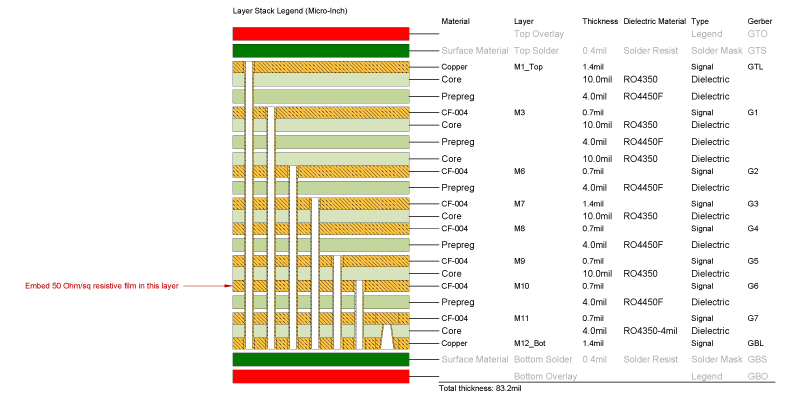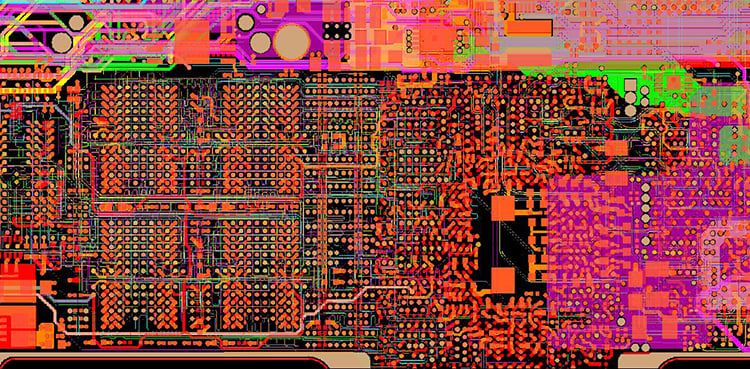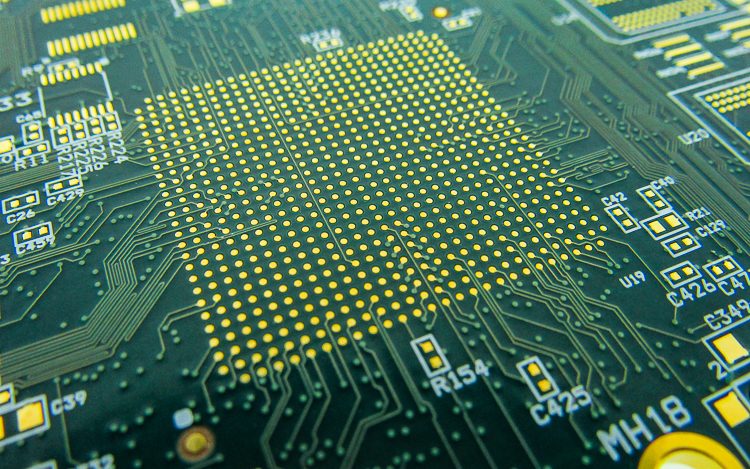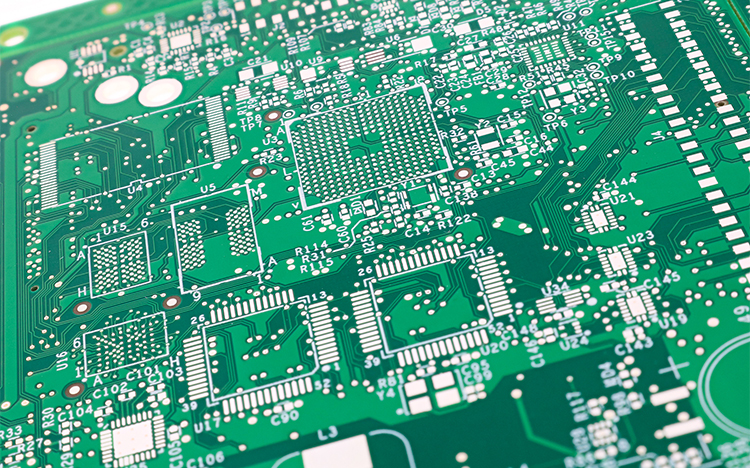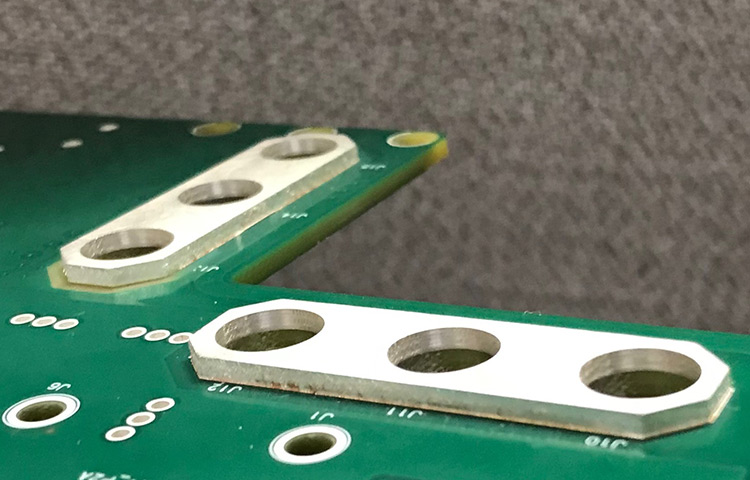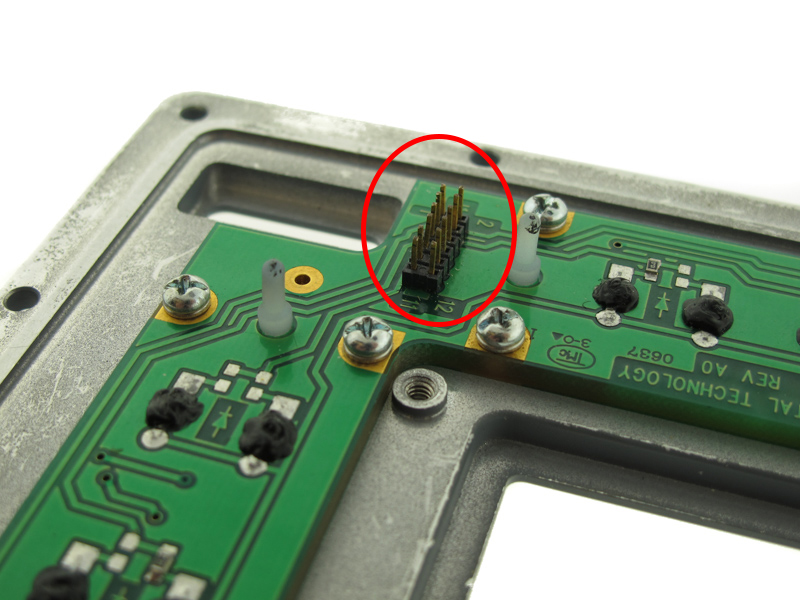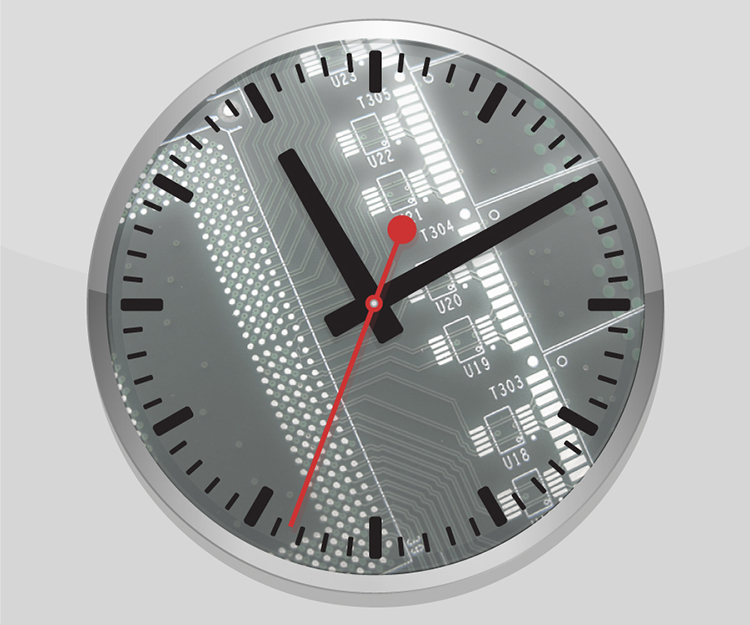When tackling any new project, it’s human nature to focus on the most difficult and uncertain tasks first, while leaving the perceived low-risk and simple activities for the end. When it comes to developing a new product, whether it be for a medical device, commercial widget, or even a mil-aero box build, the initial focus is on the major system elements.
In 1913, the comic strip (which then led to the phrase of the same name) “Keeping Up with the Joneses” was brought to life in print. Although that comic strip ended in 1940, let’s face it, in every aspect of the phrase, it is still in practice today. In business and as consumers, we look ahead to what is next. From a freshly opened new cell phone or television, we are already counting the days until the next rendition is available.
When talking about the design and manufacturing of printed circuit boards (PCBs), customers mainly focus on the controls and signal frequencies that the PCB will perform for the specific application. Another topic to also take into consideration is the insertion loss.
As printed circuit board (PCB) technology has been on a steady incline for many years, the main focus has been on what else can we make this part do. Add more layers, decrease circuit widths, add more components, buried vias, blind vias, control the impedance – the list of changes in technology is lengthy. As a manufacturer of PCBs, we see the finished design ready to go to production, but is it? Often, we look at a received customer data production and think, “can this part be produced?”
At the conclusion of our webinar, Quick Turns PCBs – Why an Experienced Supply Chain Matters - we had several questions submitted to our presenter, Ed McMahon, CEO at Epec. We have compiled these questions into a readable format on our blog.
The talk about creating high-speed digital circuits is happening across the world due to the development of fifth-generation (5G) cellular communication systems. As technology becomes more advanced, engineers are looking for the right ways to convey signals and frequencies through standard materials that are available today for printed circuit boards (PCBs), as these PCBs need to handle the mechanical and electrical properties required without hindering operational capabilities.
Designing a PCB with extreme copper plating requires planning and careful consideration of several factors that do not come up during the design of a standard, light copper board. Many fabricators avoid heavy and extreme copper circuit board orders entirely because of the unusual manufacturing challenges and non-standard processes associated with these product types.
Front panels, bezels, and other types of human to machine interface equipment use several circuit technologies to operate. These circuit types usually involve some form of printed or etched traces using conductive materials like copper and conductive ink. These custom layouts are routed across insulating sheets and films, eventually becoming circuit boards and flex circuits. Dome switches, LEDs, and touchscreens can be added to these everyday circuit boards, bringing them to life as a high-technology HMI solution.
When you are designing a printed circuit board (PCB), your customer or boss does not typically hand you a blank check. You may occasionally be fortunate enough to have a customer with deep pockets, but most products are very cost-sensitive, and your board design will need to come in at or below budget. This post will go over some of the things you can do to achieve a cost-effective design. Its focus will be limited to a handful of higher-end design options.
Traditionally, quick-turn printed circuit boards have been used for PCB prototyping and low-volume production in the electronics industry. Many companies have developed very low-cost, low-option Internet programs to get customers low technology printed circuit boards very inexpensively. However, in today’s evolving electronics industry, quick-turn printed circuit boards are now part of every stage of the product development lifecycle, from initial concept development to full working prototypes to getting the production product to market faster than any of their competitors.


